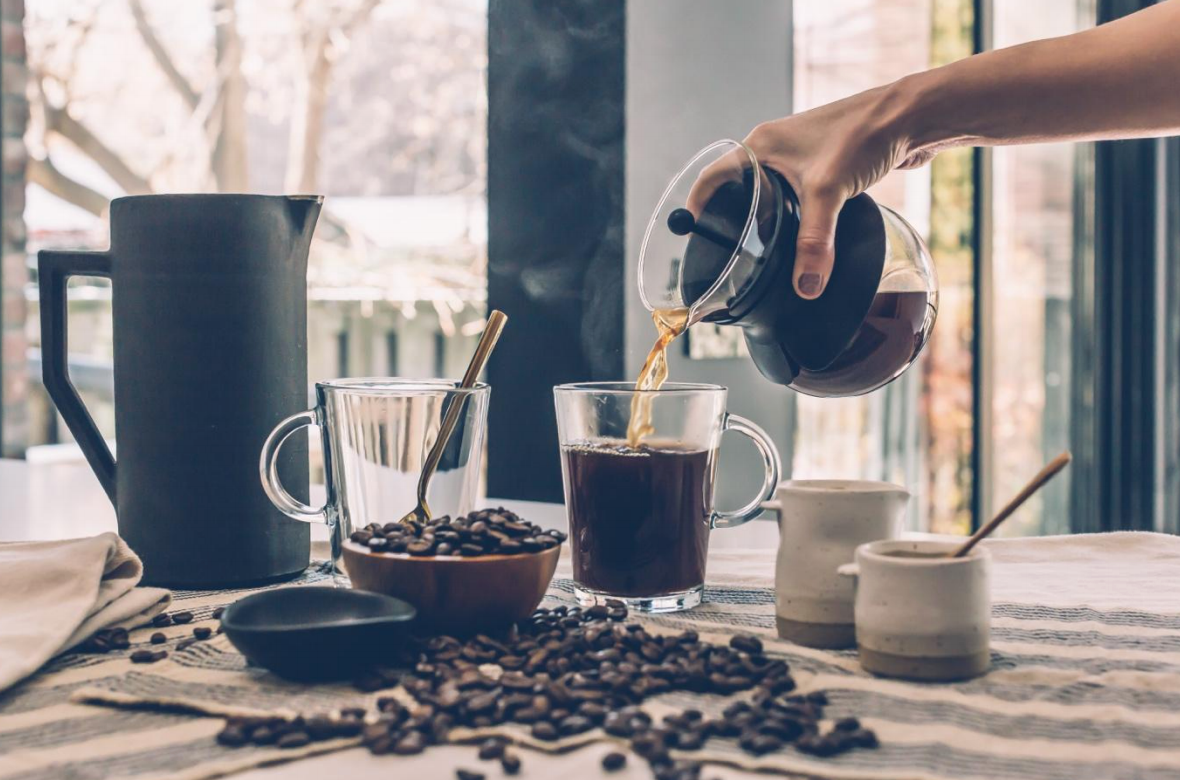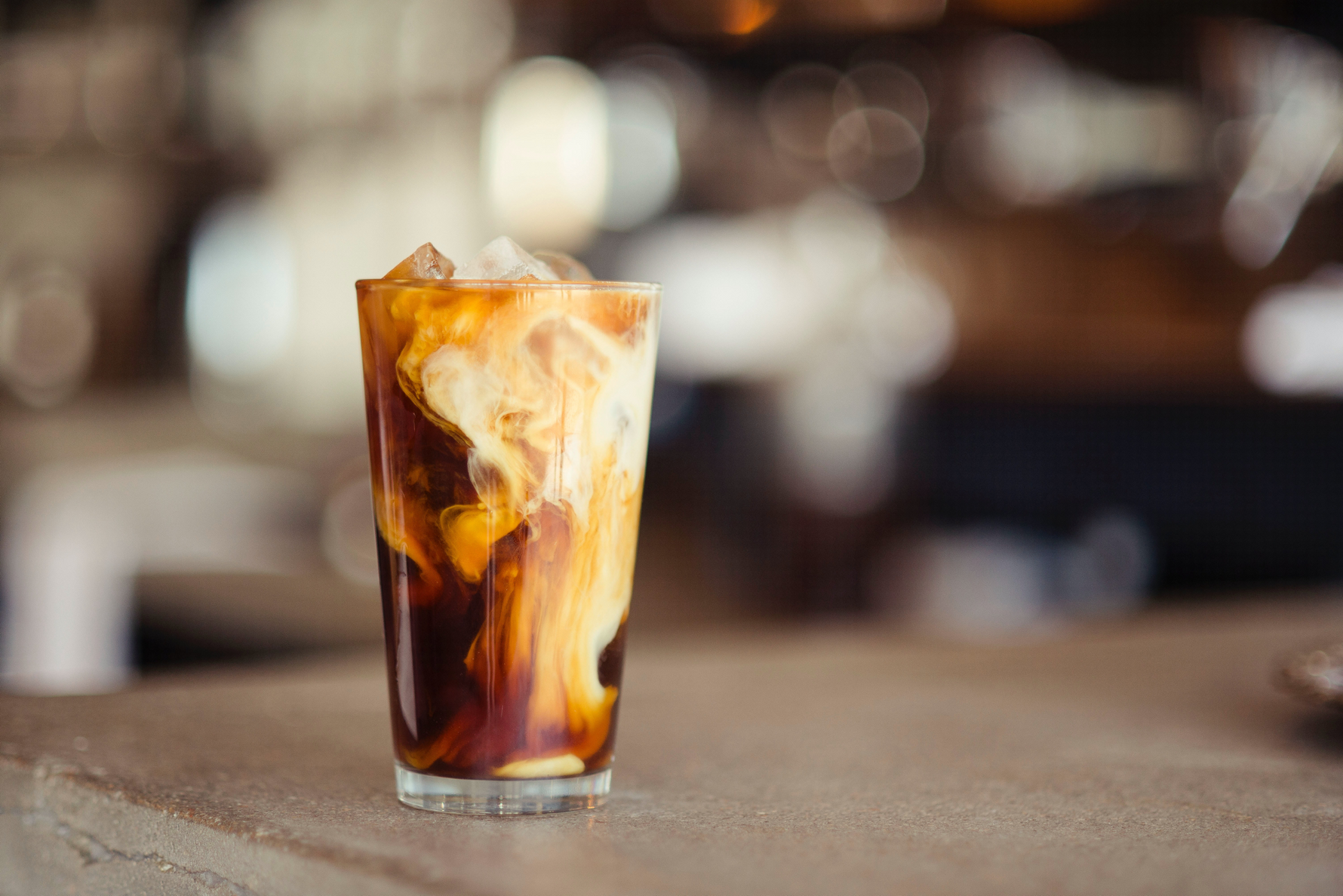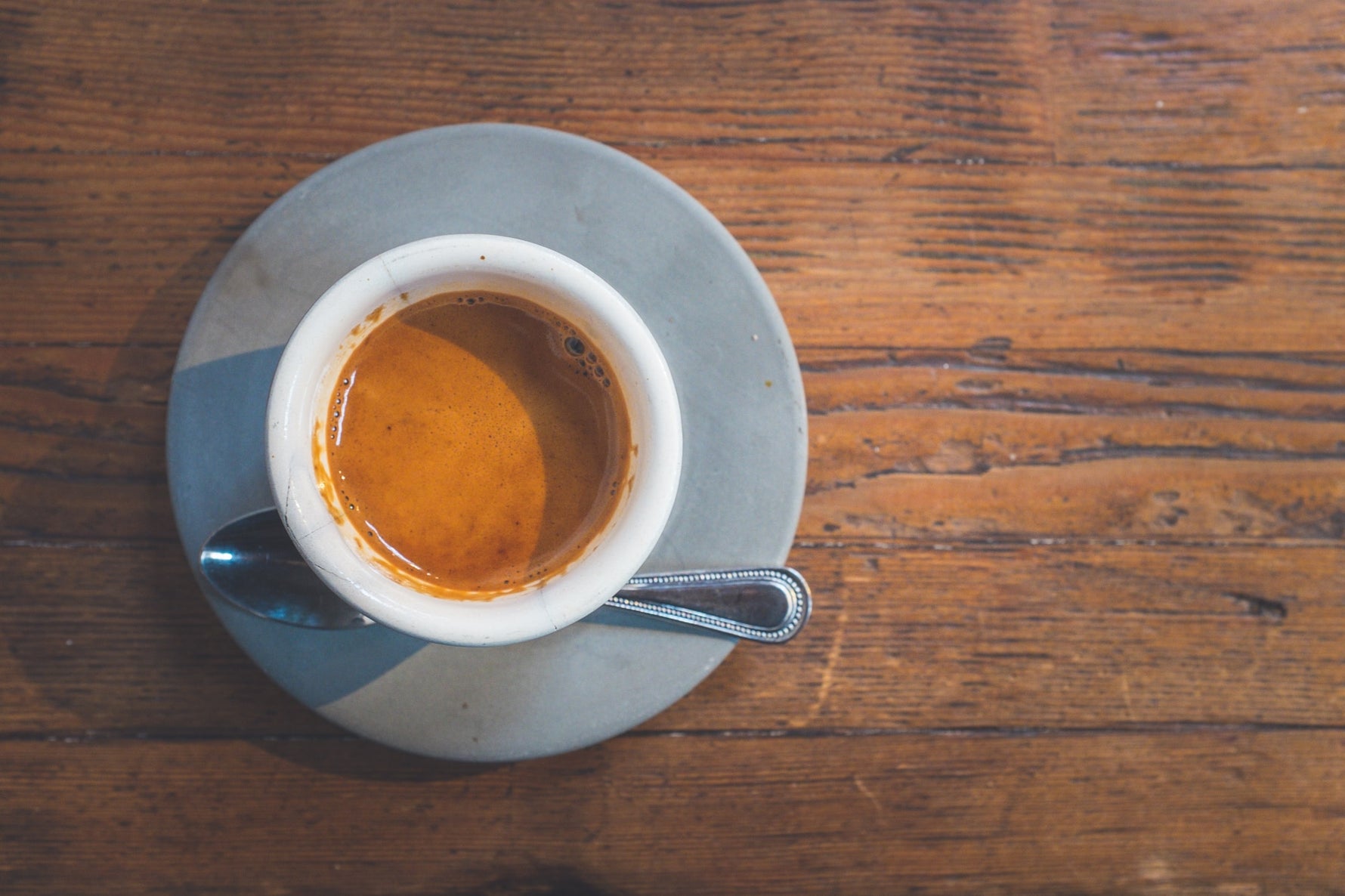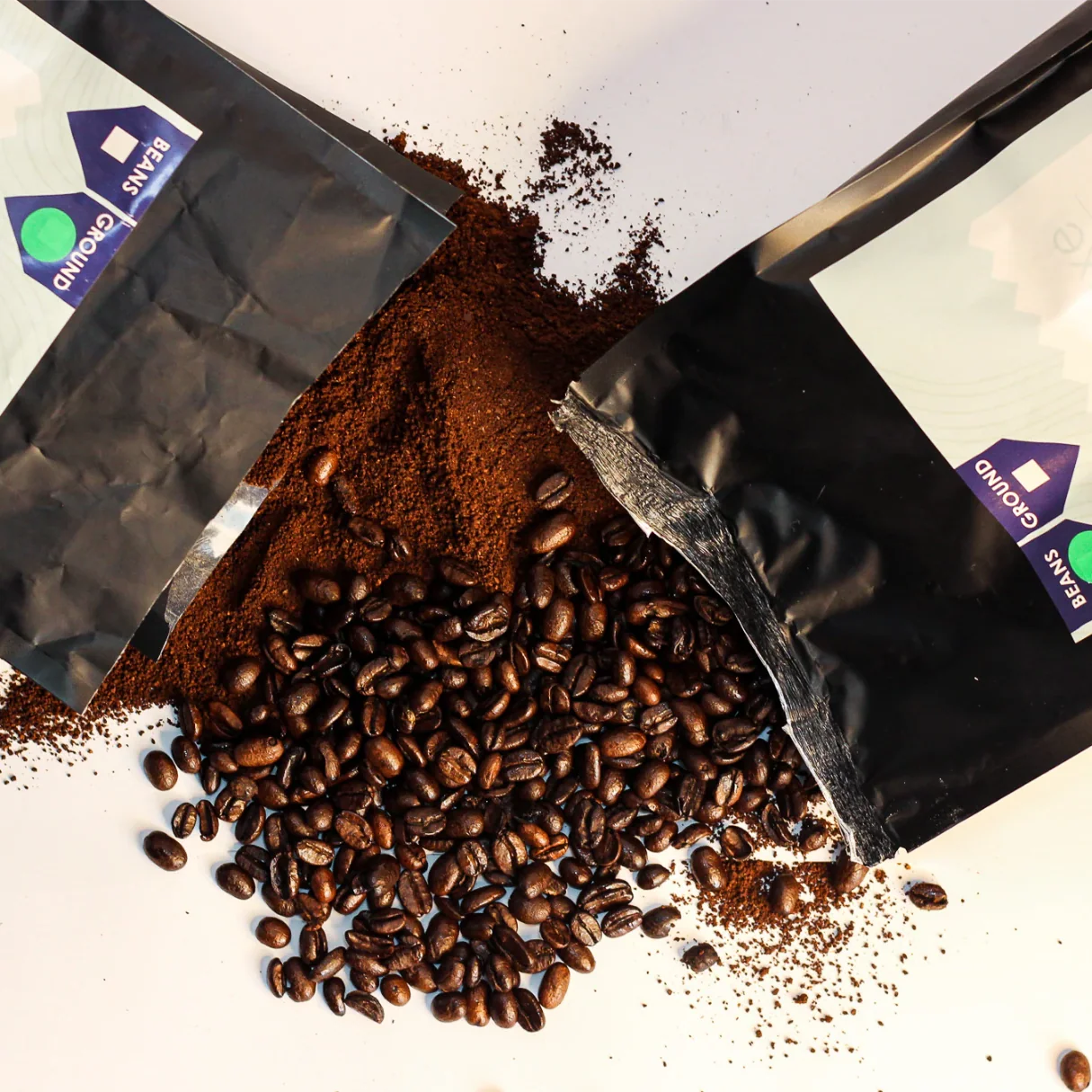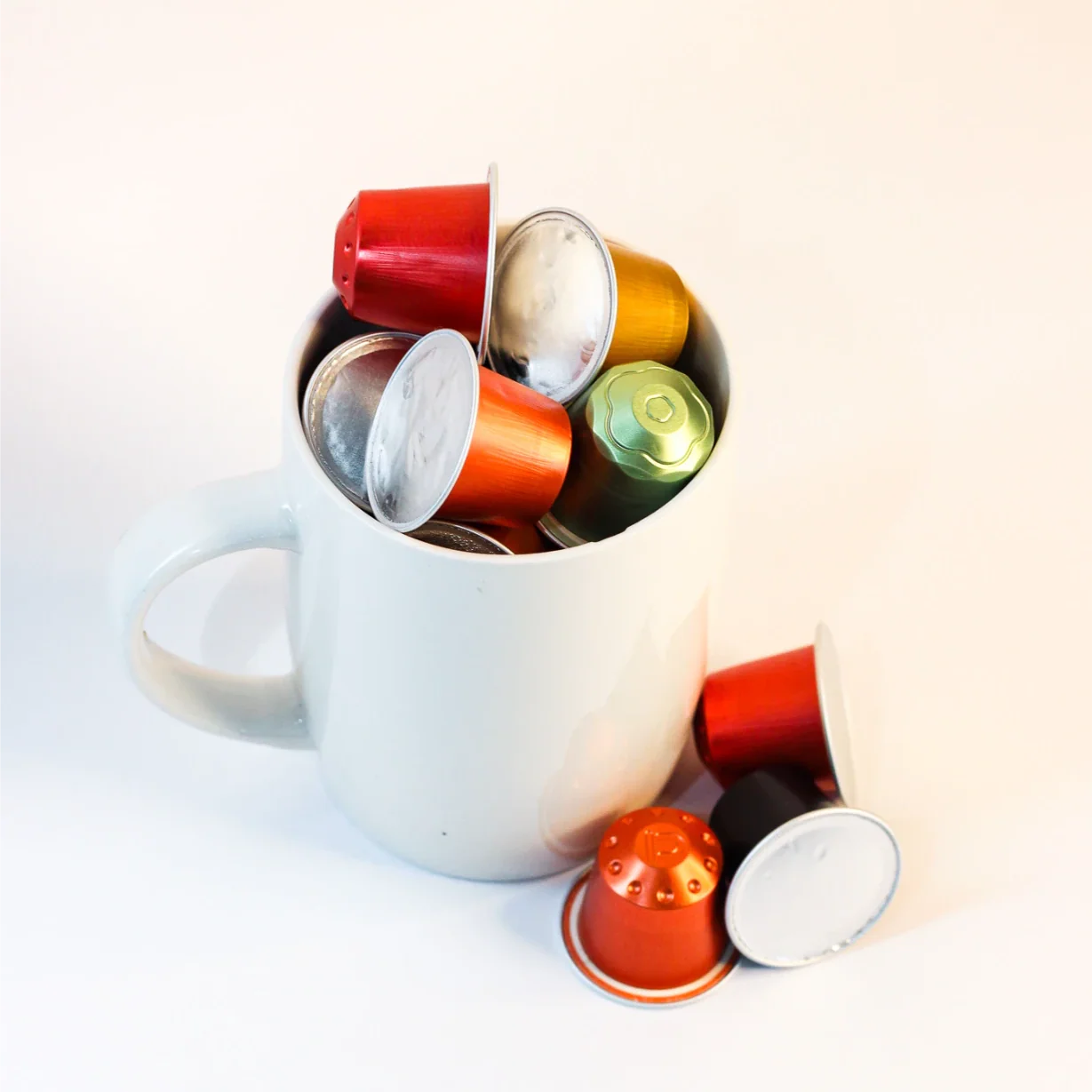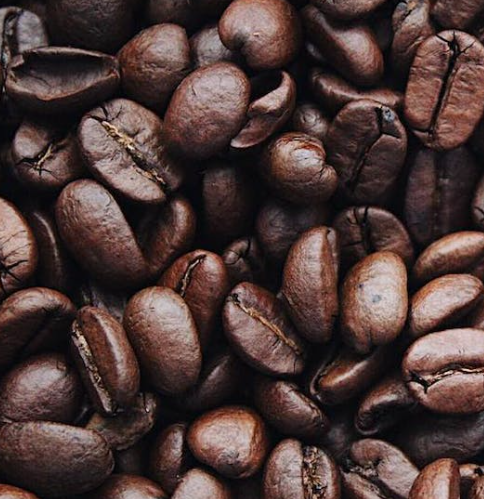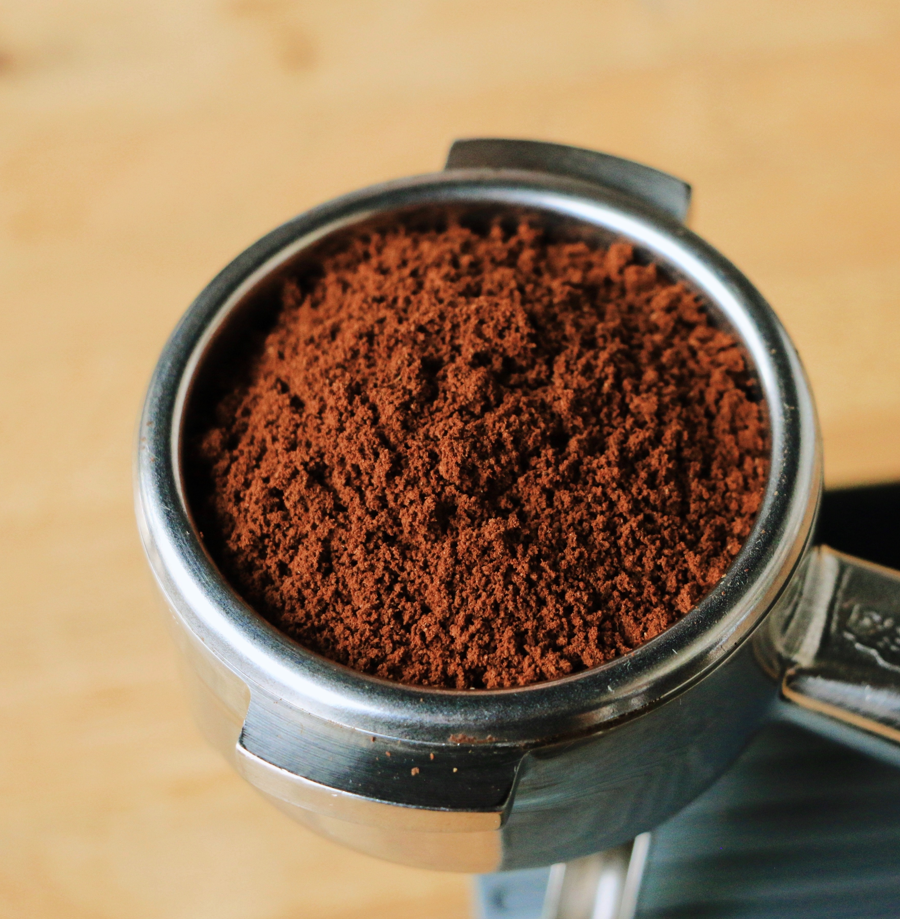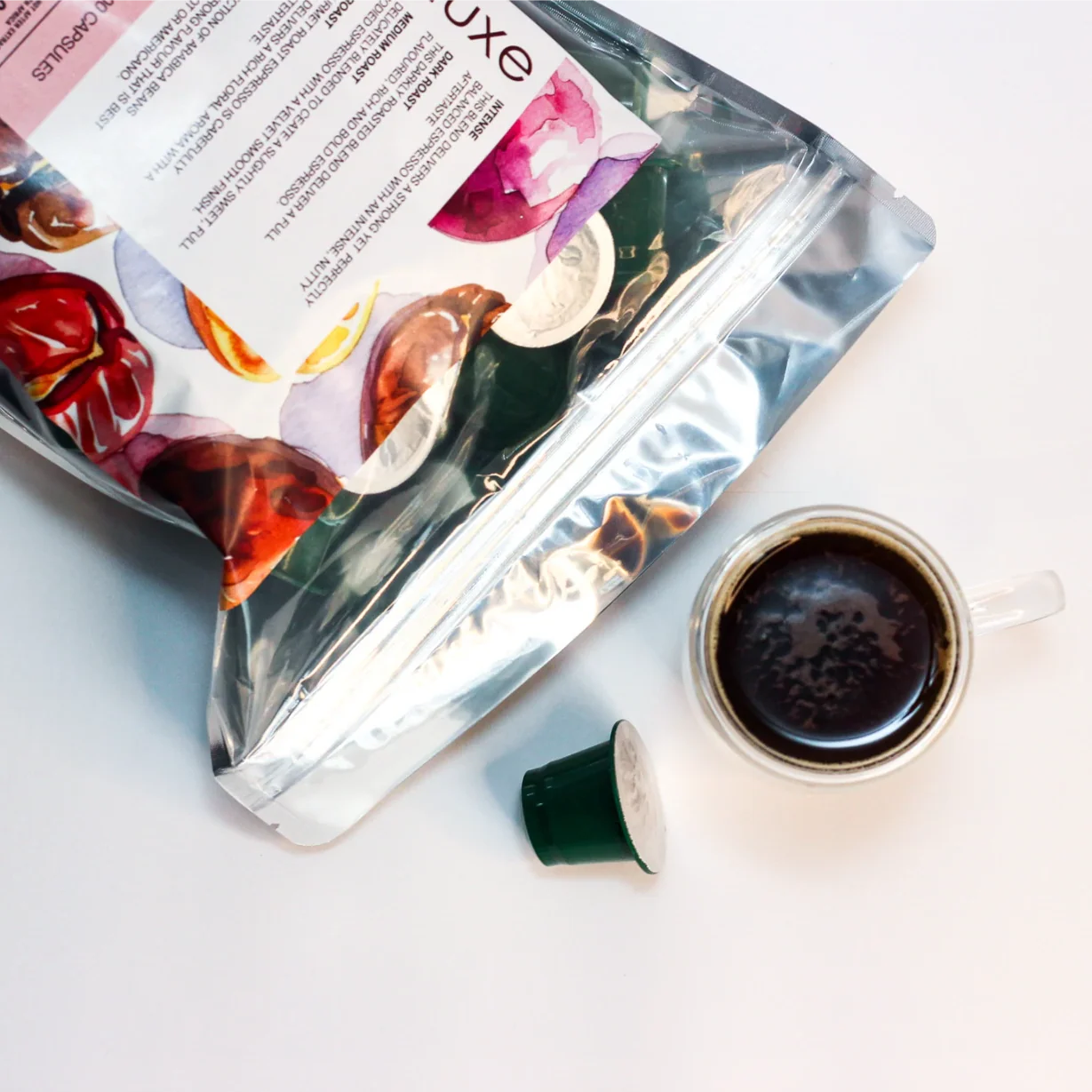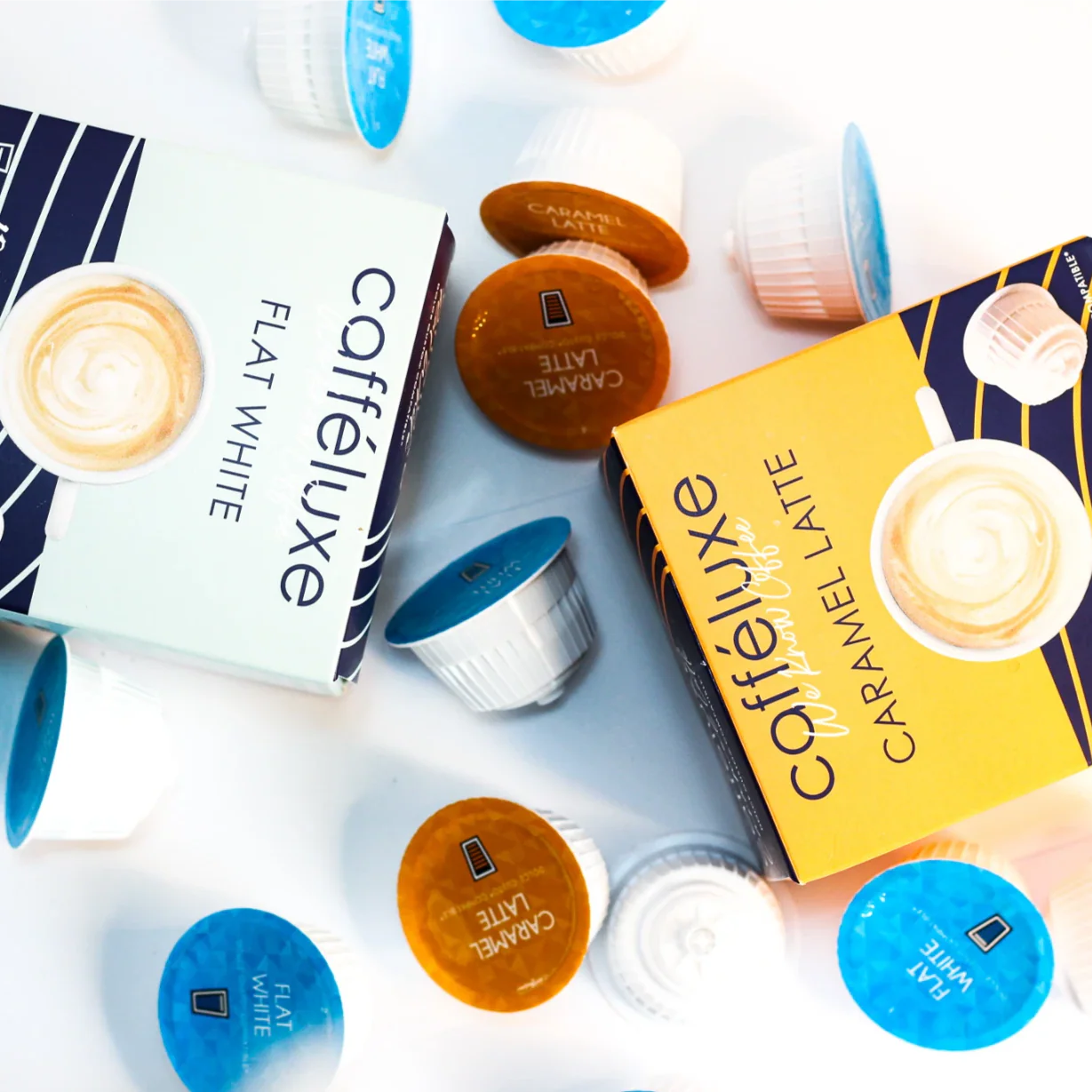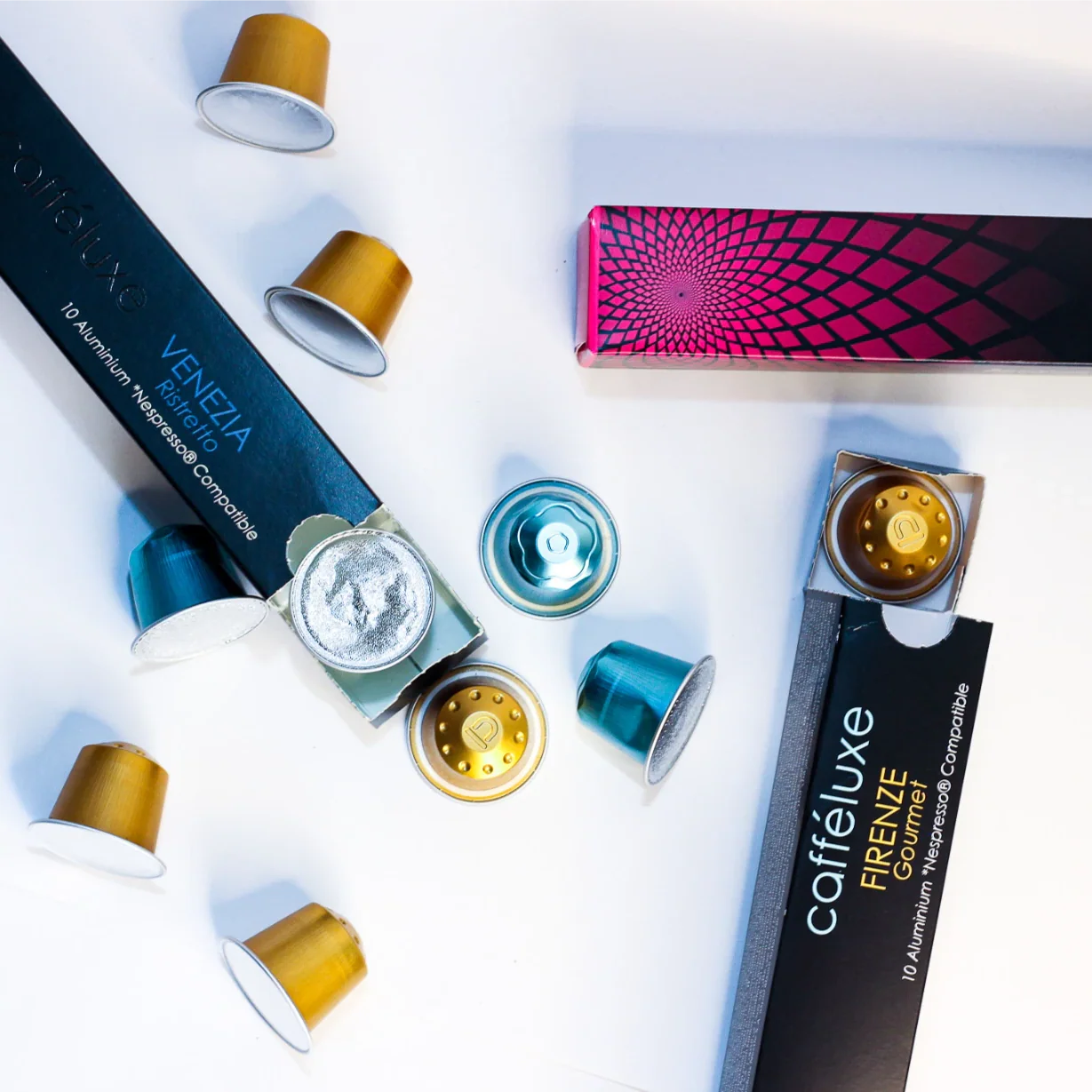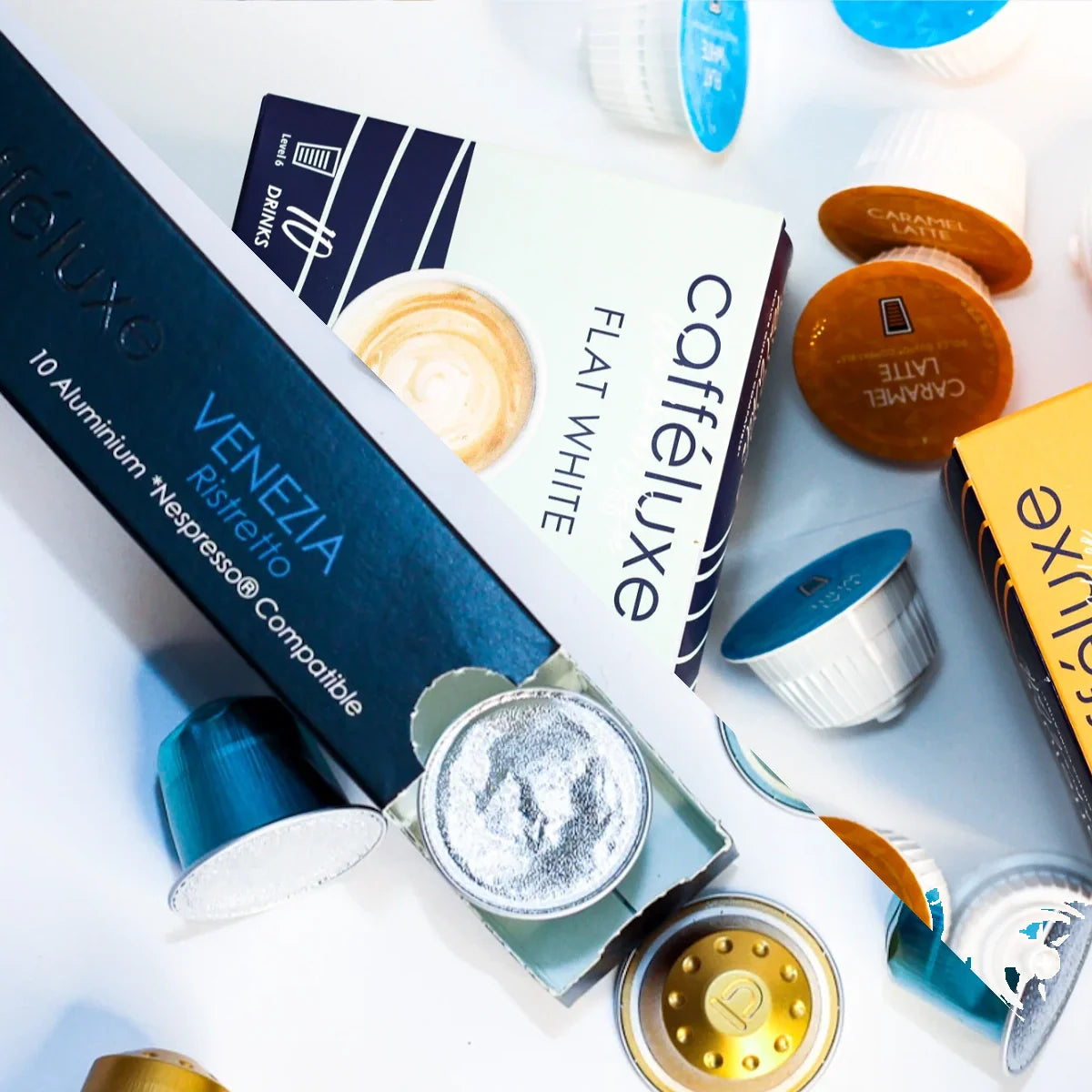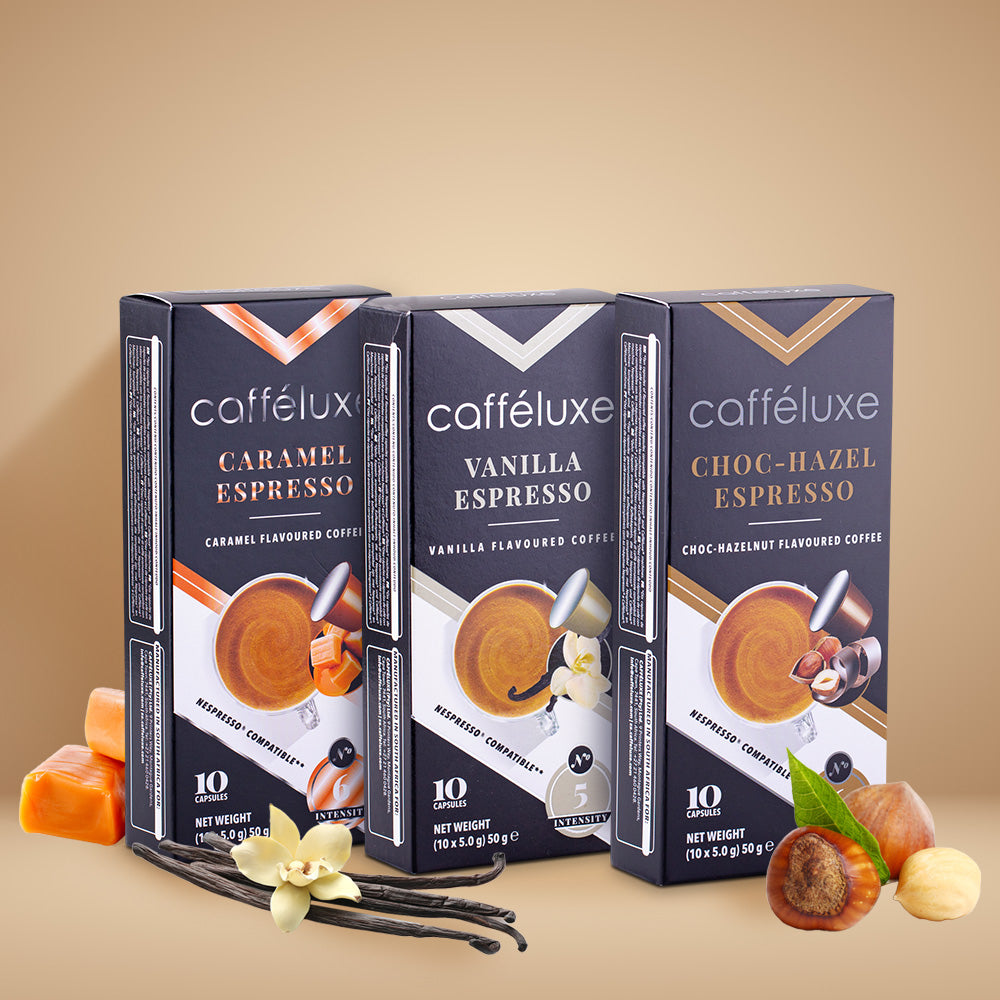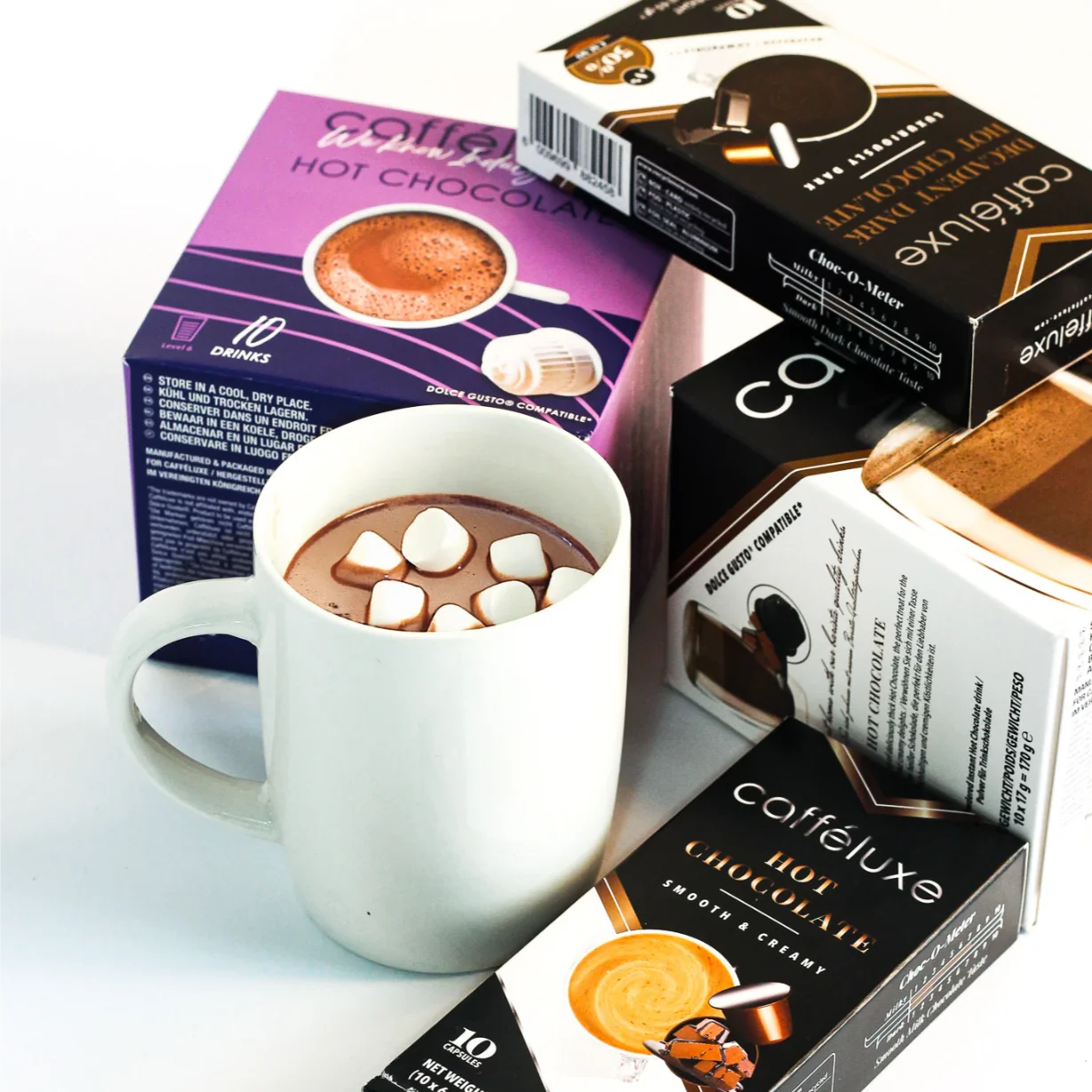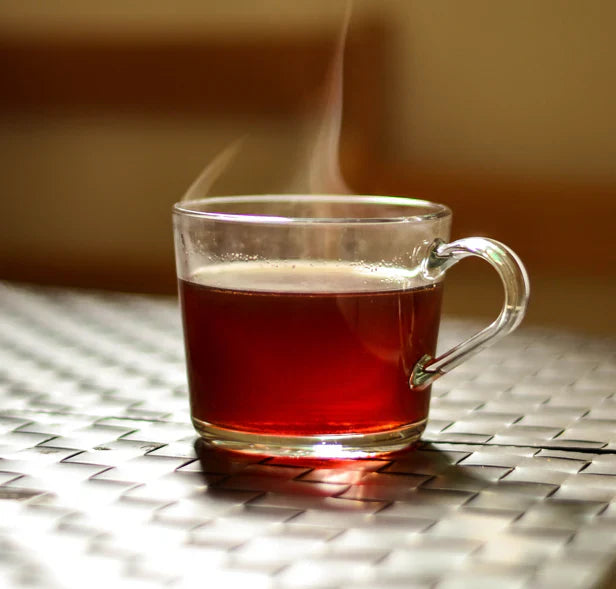Have you ever wondered why coffee is one of the most popular drinks around the world?
Did you also know that almost 7 million tons of coffee are produced every year? And that, in total, 125 million people depend on coffee for their livelihood?
This confirms the fact that coffee is a very popular beverage, both for those who consume it, but also for those who produce it.
For many people, the obvious answer to the first question is: caffeine. While this is a very frequent reason, it certainly isn’t the only.
A hot steaming mug of coffee first thing in the morning, is what fuels a large fraction of our society to kickstart their day.
The caffeine in coffee helps to get our blood moving and make us feel energized. It is definitely very effective in helping us to stay awake and alert. That’s not all. Coffee has many health benefits that are largely attributed to its high level of antioxidants.
Studies show that coffee drinkers have a much lower risk of several serious diseases, such as, Parkinson’s, Alzheimer’s, certain types of cancer, and many more - making coffee a truly powerful beverage.
So, now you have a whole list of arguments to shell out, when family, friends or colleagues question your coffee consumption.
Let’s have a look at coffee’s role across different age groups.
You may have noticed that coffee is a favourite across most age groups. But do you know for what reasons?
The working age-group, of course, largely depend on coffee to manage their long working hours. Beyond staying and feeling awake, it helps in improving productivity and helps them deal with their sleep-deprivation.
Coffee is also very popular among this group as it’s usually widely available at offices and is served in torrential quantities - giving the quick kick during boring meetings, facilitating small-talk, and powering the late nights at the office. Perhaps the most important is the social aspect - that they can use a short coffee break as an excuse to get a pause from work and have a quick gossip with their colleagues.
When it comes to older adults, they would simply claim it’s a habit - yet, beyond the mere habit, there is one good reason they should drink coffee: brain function.
Researchers have determined that moderate caffeine consumption of about one to two cups of coffee per day could help older adults' brain-functions by increasing their sensitivity to insulin.
This, in turn, is helpful as a higher insulin sensitivity lowers the chance for developing Type 2 diabetes - one of the biggest health concerns in today’s age. Moderate consumption can further assist in protecting the liver, boosting energy levels, improving heart health and memory, along with other brain functions.
Among the younger age-groups, millennials make up for a major percentage of the world’s coffee drinkers. Surprisingly, coffee isn’t popular among this age-group for its taste, but instead for how it plays a part of a social and active lifestyle.
Generation Z’ are, along with Millennials, vastly influenced by social media with all the mouth-watering coffee pictures. The aesthetic images of coffee and coffee artwork therefore also pose as a force of influence for the younger generations to consume coffee.
You would rarely see them in the local café, stretching the last sips of an espresso, but rather, you will find them in long lines in Starbucks. Queueing with their friends to get one of those large extravagant frappes, with all the bells and whistles it comes with, that they can then take stunning photos of.
Increased varieties have contributed to coffee’s popularity.
Coffee has become a lot more than just an ordinary beverage consumed for the daily caffeine-fix. The choices of coffee are so vast now, that we select our coffee according to our taste and liking.
Those days, when we would walk into a café or a coffee shop and ask for a generic americano, are gone. Coffee lovers now have a huge number of options to choose from and even whether they would prefer it to be hot or cold.
Perhaps you have your favourite, that you swear by. Maybe it’s the Tanzanian Peaberry? Or maybe it’s the elegant blend of the Kenyan and Ethiopian? Whichever may be your favourite, it is certainly worth exploring the vast universe of coffee varieties.
While there are the classics such as, espresso, americano, latte, cappuccino, new varieties and flavours have emerged - such as mocha, Caramel Latte, Hot Chocolates, Vanilla, Hazelnut, Pumpkin Spice and many more. Not to mention the countless alternatives to milk to go with them.
We have seen major brands take the lead in making coffee more than what it was back in the day. Brands like Starbucks have made coffee drinking a trend more than a need. With Starbucks and other similar coffee shops/brands offering a wide range of varieties of the popular beverage, coffee is continuously evolving.
Coffee has also gained popularity because it’s one of the most customizable, flexible and quick beverages to buy. Therefore, it isn’t a surprise that coffee has turned into the preferred social drink. Whether it’s for business meetings, friendly catch-ups, group study sessions, or various other social and unsocial events, it is most people’s go-to beverage.
Different people have different reasons to consume it, but what remains in common is their love for coffee.











